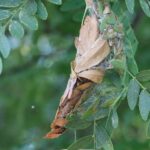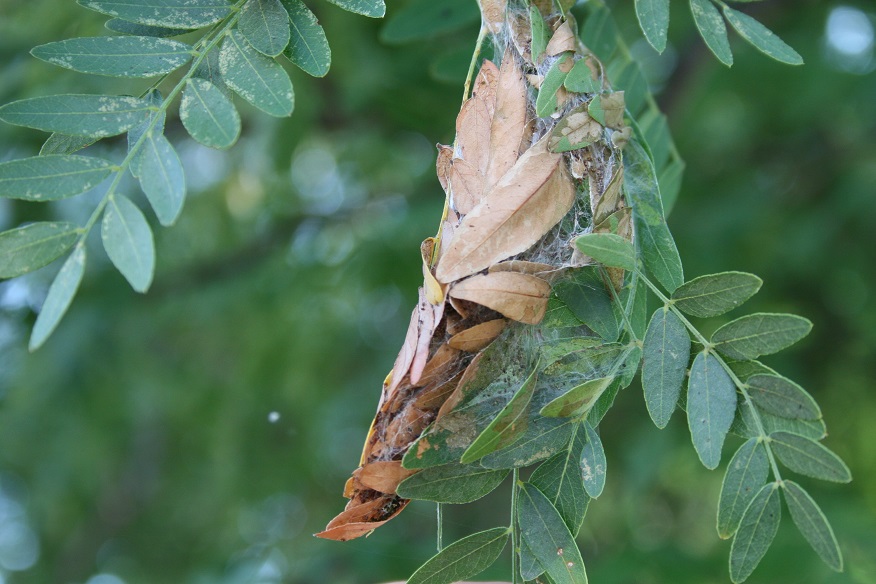We received a call today from someone trying to install pavers under a silver maple tree. If you own a silver maple, you know these trees produce some mean surface roots! He asked if chopping up these roots to make room for the pavers would harm the tree. We’re so glad he asked! The short answer is “YES!” Here’s why:
Roots serve two purposes:
- Providing structure
Trees are made stable by their root system. Its main structural roots, which are larger, begin close to the trunk then flare out. This is called the “root flare.” The closer the roots are to the tree, the more important they are for keeping the tree upright. Cutting these roots can lead to instability. - Feeding the tree
These smaller, fibrous roots absorb water and minerals to be transported into the tree. Severing or removing these roots will harm the tree, as will compacting the root system by way of things like construction, heavy foot traffic, and – ahem – pavers.

Are pavers a good solution to my problem?

In this case, the homeowner wanted to pave an area where grass wouldn’t grow around the tree roots. This is a common issue, but consider the fact that you are creating an unnatural environment for the tree by doing so. Root systems are more sensitive than one might think. Pavers (or even river rock) absorb heat, and holding heat close to the root system can harm the tree. These landscaping “solutions” also pose the risk of compacting the soil and depriving the roots of oxygen, a necessary component for transporting nutrients throughout the tree. For this same reason, trees that are planted in urban environments surrounded by concrete don’t tend to thrive.
What’s the best alternative to pavers or river rock?
Mulch! Trying to maintain grass until a tree with heavy surface roots is a battle not worth fighting. Lightly mulch under the tree out to the drip line for a neater appearance that requires little to no maintenance. Mulch no more than 2″ deep and keep it away from the trunk.
What if I have to sever a root?
If you MUST, cut a root cleanly with a sharp saw, and cut it straight across to leave as small and round of a wound as possible. Avoid chopping and tearing the roots, or cutting along the length of the root.

How do I know if I’ve caused damage?
It may take several years for a tree to show signs of damage. Look for:
We’re grateful for opportunities like this to teach others about proper tree care! Another tree saved – we love what we do!
Do you have a question about tree care? Email us – we’re here to help!
- Small, pale colored leaves
- Leaves turning brown on the edges or shedding early
- Tips of the limbs dying over time
We’re grateful for opportunities like this to teach others about proper tree care! Another tree saved – we love what we do!
Do you have a question about tree care? Email us – we’re here to help!







